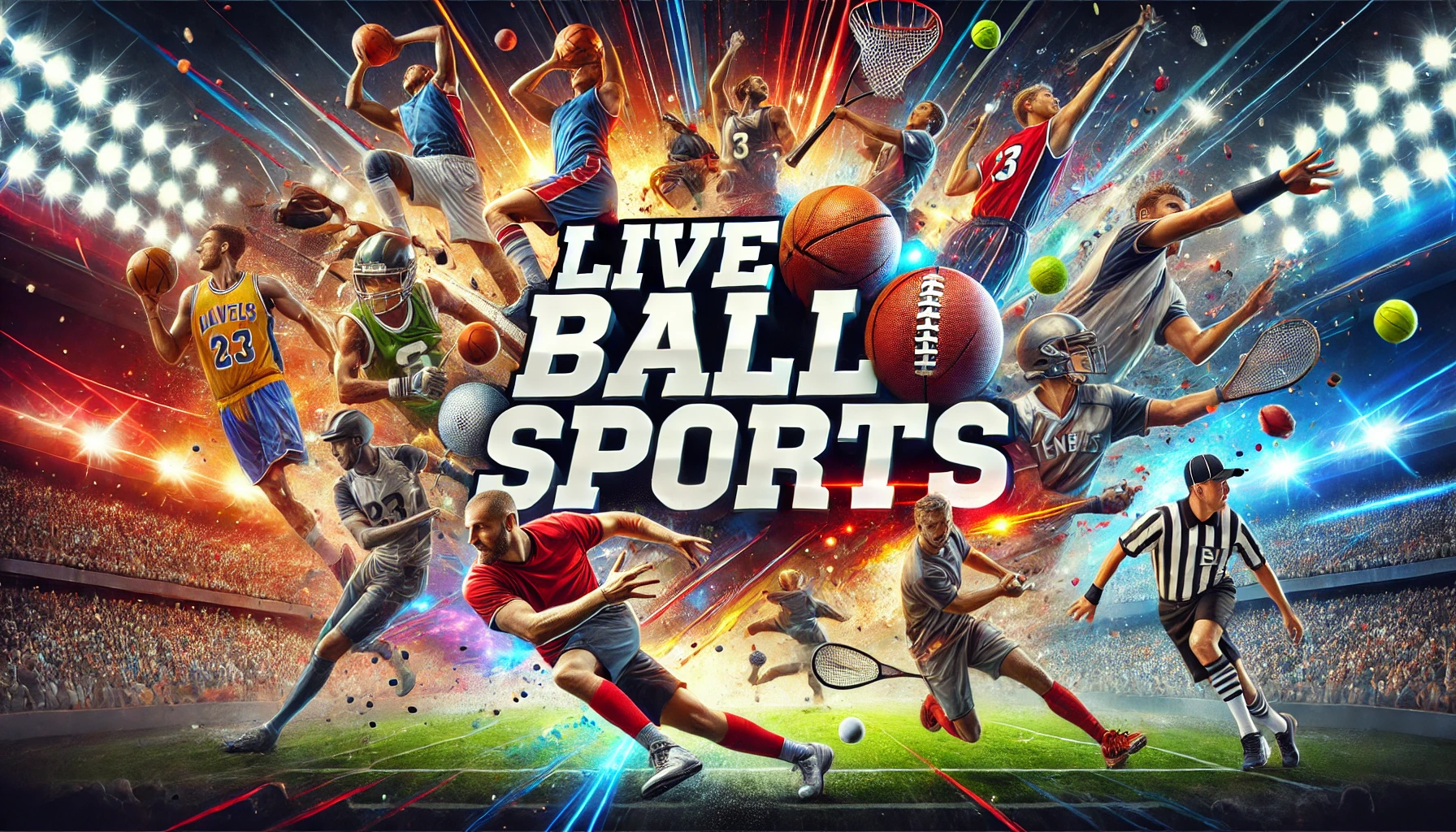New Era Begins in College Athletics Following House v. NCAA Settlement
On June 6, 2025, a significant change took place in college sports as U.S. District Judge Claudia Wilken officially approved a $2.8 billion settlement in the House v. NCAA antitrust case. This ruling removes previous restrictions that prevented colleges from paying their student-athletes directly. A major part of this decision is the establishment of the College Sports Commission (CSC), an independent body created by the Power 5 conferences: the ACC, Big Ten, Big 12, Pac-12, and SEC. The CSC will oversee new rules regarding revenue sharing, name, image, and likeness (NIL), and roster limits.
Starting on July 1, 2025, schools can share up to 22% of their average revenue, which is expected to reach a cap of about $20.5 million per school for the 2025-2026 academic year. This amount is projected to increase by 4% each year for the following two years, potentially hitting $33 million by 2035. The CSC is also creating the College Athlete Payment System (CAPS) to ensure proper monitoring and compliance with these new compensation rules.
Institutions outside the Power 5 conferences can also join this revenue-sharing model by notifying the NCAA by June 30, 2025. Meanwhile, all NCAA student-athletes will need to follow new regulations surrounding third-party NIL deals, which are to be reported for transparency and fairness.
A significant new feature is the NIL Go, a clearinghouse designed to review NIL agreements exceeding $600, ensuring equitable market value and preventing questionable pay-for-play schemes. However, there is skepticism about how these new systems will work, especially in states with more relaxed NIL laws.
The NCAA is still facing legal challenges, including the Johnson v. NCAA case, which argues that student-athletes should be considered employees. As this new settlement and the CSC’s regulations get underway, schools are adjusting their budgets and financial strategies to accommodate the new compensation framework.
While this marks a major step in how college sports operate, there are still many questions about how this will play out in the years to come, especially regarding fairness in funding for men’s and women’s sports, and evolving laws surrounding athlete employment.


